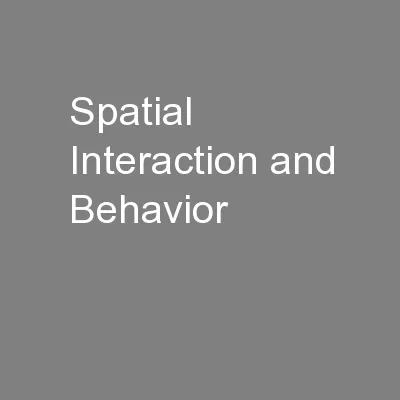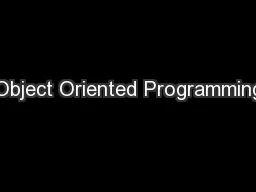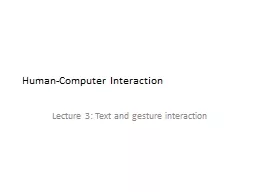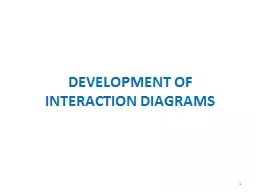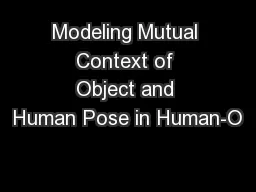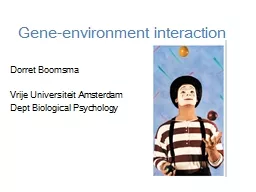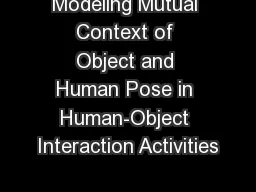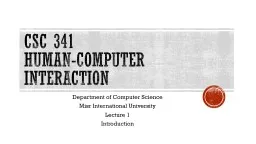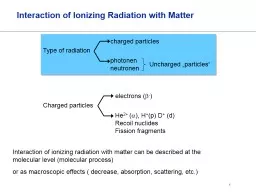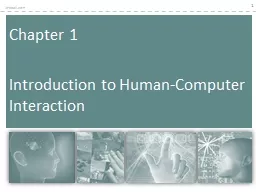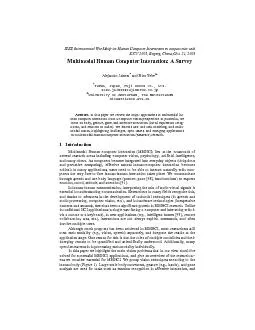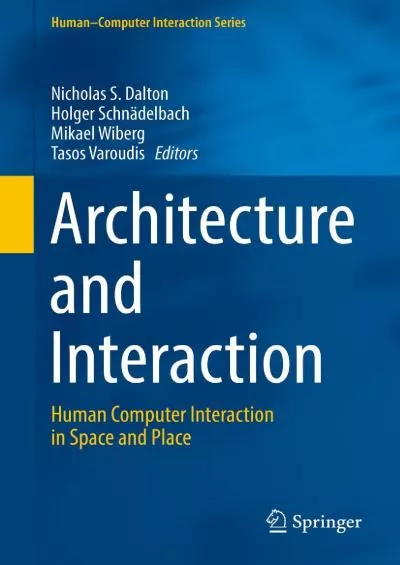PPT-Human - object interaction
Author : greemeet | Published Date : 2020-08-28
2019315 HOI 问题 定义 HOIHumanObject Interaction HOI D et 问题 定义 HOIHumanObject Interaction 主语 gtHuman 宾语 gtObject 谓语 gt Action
Presentation Embed Code
Download Presentation
Download Presentation The PPT/PDF document "Human - object interaction" is the property of its rightful owner. Permission is granted to download and print the materials on this website for personal, non-commercial use only, and to display it on your personal computer provided you do not modify the materials and that you retain all copyright notices contained in the materials. By downloading content from our website, you accept the terms of this agreement.
Human - object interaction: Transcript
Download Rules Of Document
"Human - object interaction"The content belongs to its owner. You may download and print it for personal use, without modification, and keep all copyright notices. By downloading, you agree to these terms.
Related Documents


